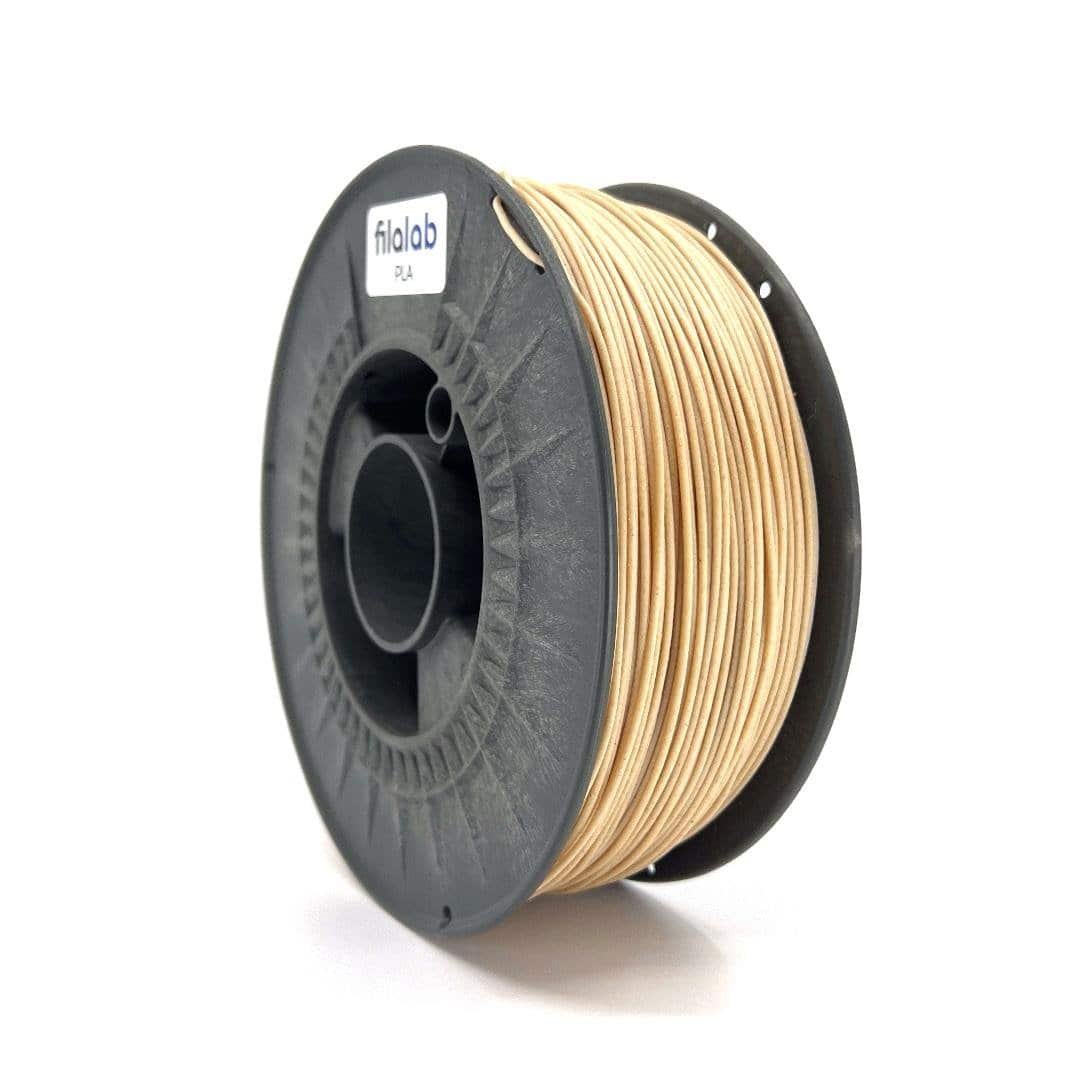in this article we will discuss How to get real wood texture with PLA FIBER with practical tips for achieving an authentic wood finish using PLA fiber. This guide offers simple techniques for realistic 3D printing. Purchase best PLA fiber made in EU and start your project today.
Overview
Many users ask, “Does wood PLA feel like wood?” and discover that a genuine wood finish is achievable with PLA fiber. Our discussion on How to get real wood texture with PLA FIBER covers material selection, printer settings, and finishing methods that reveal natural grain and color. Achieving this result involves adjusting layer heights and print speeds to reduce surface imperfections, while a careful sanding process refines the texture. Certain additives mixed with PLA fiber can improve the wood-like appearance further. The method presented here guides creators in using a balanced combination of printing techniques and post-processing treatments to mimic wood surfaces accurately. This overview sets the stage for detailed discussions on hardware requirements, best practices, and expert advice that follow. The following sections provide clear instructions and tips to assist makers in achieving a wood finish that meets expectations without complicating the process.
Hardware Requirements
To achieve a convincing wood finish with PLA fiber, reliable hardware plays a crucial role. The process starts with selecting a 3D printer that offers precision control over temperature, extrusion, and movement. A printer with a heated bed and an enclosed build space helps maintain a consistent environment that benefits the filament’s performance. Users should choose a printer that supports fine-tuning of layer height, which is essential for obtaining smooth surfaces and subtle details. A quality extruder ensures accurate deposition of the PLA fiber, which is vital when attempting How to get real wood texture with PLA FIBER. Using nozzles with various diameters can further provide different textural effects, allowing creators to experiment with grain details. Reliable cooling systems contribute by minimizing stringing and ensuring even layering. Accessories such as sanding tools and finishing kits are useful for post-processing, which further refines the wood-like appearance. By combining advanced printer features with proper finishing hardware, makers can produce items that closely resemble wood. This section outlines the necessary tools and adjustments that support creative efforts and inspire quality prints every day.
Best Practices
When working to achieve a natural wood finish with PLA fiber, creators benefit from following proven practices. A key practice involves maintaining consistent printer settings to produce smooth surfaces that highlight subtle wood textures. Adjusting print speeds, temperatures, and layer heights helps maintain a uniform finish. Careful handling during post-processing, including light sanding and surface treatments, refines the texture further. Specialized additives and finishing agents can also improve the appearance of the print. It is useful to document adjustments made during the printing process for future reference. Testing different techniques on small sample prints can reveal the optimal approach for a particular printer model. Following How to get real wood texture with PLA FIBER turns prints into realistic art.
Pro Advice
Advanced techniques can further improve your 3D prints using PLA fiber. Experienced makers suggest experimenting with controlled post-processing methods to create deeper wood grain details. A careful application of sanding and surface treatment chemicals is recommended to enhance the overall texture. Professionals advise testing print variations to observe differences in finish and texture quality. Incorporating light finishing coats can help reveal the natural pattern of the wood effect. Users who follow pro advice often discover that adjustments in cooling and print speed can refine the final appearance. Our guide on How to get real wood texture with PLA FIBER provides clear instructions and practical tips for those looking to push the boundaries of their craft. Trying different filament brands and experimenting with environmental conditions during printing can result in prints that closely mimic genuine wood. Feedback from experienced creators shows that even minor tweaks can result in significantly improved prints. This section offers practical insights to support makers in achieving a realistic wood look that meets personal creative standards. Keep experimenting and refining your techniques to bring your visions to life.
FAQ
Does wood PLA need drying?
Wood PLA, like standard PLA, is somewhat hygroscopic and can absorb moisture from the air. However, it’s generally less prone to moisture issues than pure PLA. Still, if stored in a humid environment, drying may be beneficial to avoid printing problems such as bubbling or poor layer adhesion. Always check the filament manufacturer’s recommendations for optimal storage and drying practices.
Why is PLA so weak?
PLA is inherently less robust due to its molecular structure and brittle nature. It has lower impact and tensile strength compared to other plastics. While it prints easily and is biodegradable, its mechanical properties limit its use in high-stress applications. Processing conditions, such as print temperature and infill, can slightly improve its strength, but PLA remains a trade-off between ease-of-use and durability.
Is carbon fiber PLA stronger than PLA?
Carbon fiber PLA typically offers increased stiffness and strength over standard PLA due to embedded carbon fibers. This enhancement improves dimensional stability and reduces warping. However, the improvement is modest and the composite can be more brittle, sometimes requiring adjustments in print settings. Additionally, the abrasive nature of carbon fibers may necessitate using a hardened nozzle.


